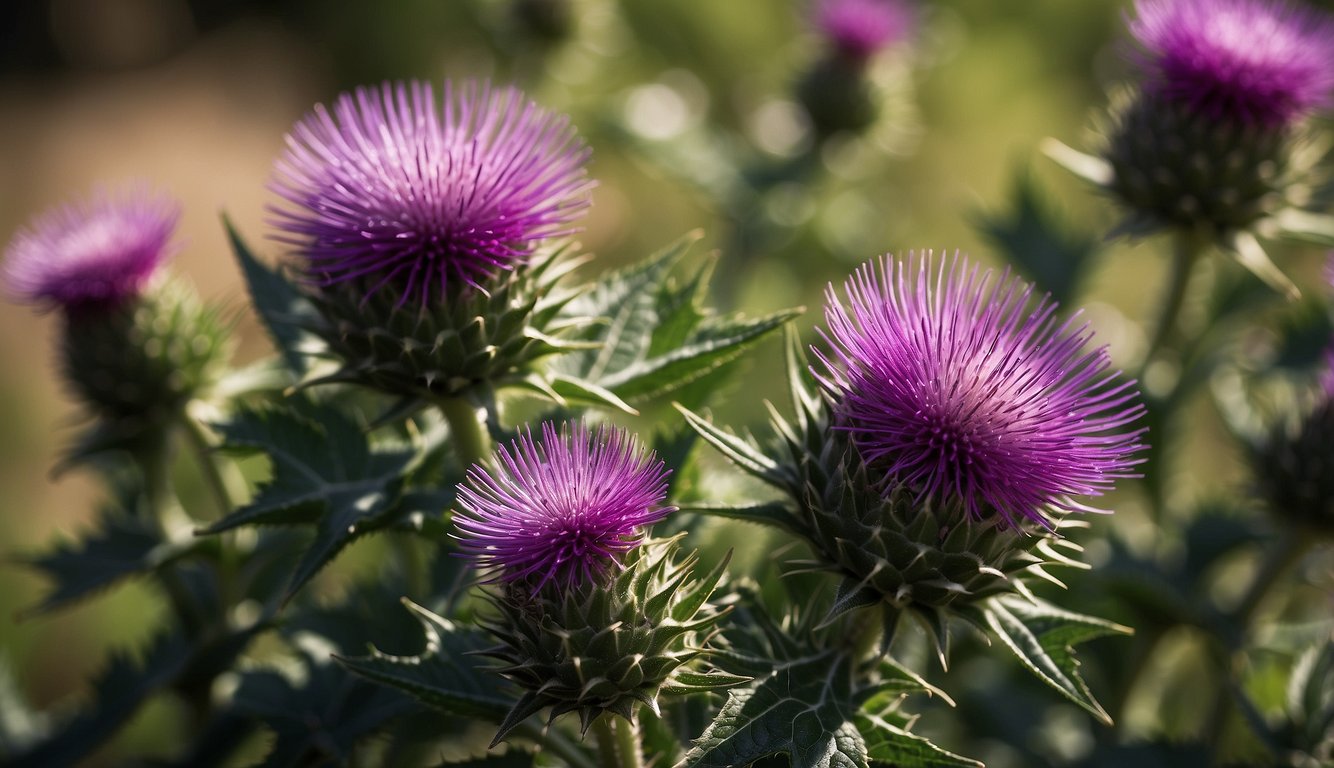What Does Milk Thistle Taste Like
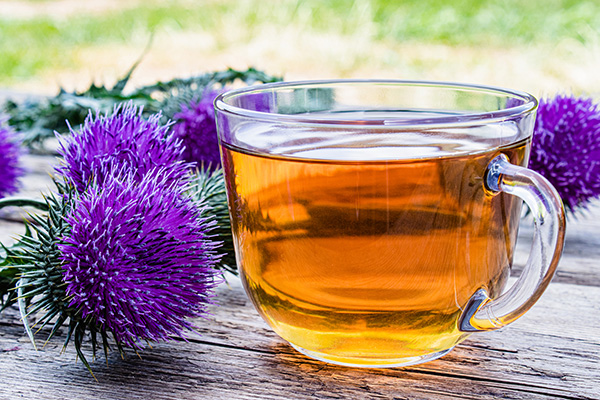
The flavor of milk thistle remains a mystery for many seeking its health benefits, but the question plagues consumers: what exactly does it taste like? Despite its growing popularity as a natural remedy, the actual taste is often overlooked, leaving users unsure of what to expect.
This article cuts through the confusion, providing a direct account of milk thistle's taste profile, its influencing factors, and how to mitigate any unpleasantness, ensuring consumers are fully informed before incorporating it into their regimen.
The Elusive Flavor Profile of Milk Thistle
Milk thistle, scientifically known as Silybum marianum, is renowned for its liver-protecting properties, thanks to the active compound silymarin. But what about the taste? The truth is, milk thistle doesn't have one single, universally agreed-upon flavor.
Generally described, milk thistle seeds have a slightly bitter and earthy taste. Some perceive a subtle nutty undertone, while others find it grassy or even somewhat acrid. The leaves are often described as having a slightly bitter flavor similar to spinach.
Factors Influencing the Taste
Several factors can significantly alter the perceived taste of milk thistle. These include the form in which it's consumed (seeds, powder, capsules, tea), its freshness, and even the growing conditions of the plant.
Freshness plays a critical role; older or improperly stored milk thistle can develop a more pronounced bitterness. The processing method also matters; for instance, a raw, unprocessed seed will taste different from a powdered extract.
Another key factor is the growing location. Soil composition, climate, and other environmental variables influence the plant's overall chemical makeup, thus influencing the taste.
Decoding the Taste Experience
The taste perception is subjective. What one person finds bitter, another might find earthy or even neutral. However, common feedback converges on a generally bitter experience.
Milk thistle tea, brewed from the seeds or leaves, often presents a more diluted version of the inherent bitterness. Adding honey or lemon can mask some of the more potent flavors, but the characteristic taste is still present.
Capsules and tablets are a popular alternative to bypass the taste entirely. These usually contain a concentrated extract of silymarin, the active ingredient, without the need to experience the raw flavor of the plant. Powders can be mixed into smoothies or juices, where the bitterness is often masked by other ingredients.
What the Experts Say
Herbalists often acknowledge the bitter taste of milk thistle, explaining that bitterness is often an indicator of medicinal properties. Many traditional herbal remedies are inherently bitter, believed to stimulate digestion and support liver function.
According to Dr. James Duke's Handbook of Medicinal Plants, milk thistle seeds have been used for centuries in traditional medicine, and their taste, while not palatable to everyone, is a known characteristic of the plant.
Dietary supplement manufacturers often attempt to mitigate the bitter taste in their products, but complete elimination is difficult. Consumers should be aware that a slight bitterness in milk thistle products is generally normal and doesn't necessarily indicate poor quality.
Mitigating the Bitterness
If the taste of milk thistle is unappealing, there are several strategies to make it more palatable. Encapsulation is the most effective method for avoiding the taste altogether.
Mixing milk thistle powder into strongly flavored smoothies or juices (such as berry or citrus-based drinks) can help mask the bitterness. Using sweeteners like honey or stevia can further reduce the unpleasantness.
Brewing milk thistle tea with other herbs, such as peppermint or chamomile, can also improve the flavor. Lemon and ginger are known to effectively counter bitterness and can be beneficial additions.
Important Considerations
While masking the taste can make milk thistle consumption easier, it's crucial to ensure you're still receiving the therapeutic benefits. Look for reputable brands that provide standardized silymarin content, regardless of the product's flavor.
Be aware of potential interactions between milk thistle and other medications. Always consult a healthcare professional before introducing milk thistle into your regimen, especially if you have existing health conditions.
Dosage can also influence the taste experience; smaller doses may be easier to tolerate. Starting with a low dose and gradually increasing it can allow your taste buds to adjust over time.
The Verdict on Milk Thistle's Taste
Milk thistle's taste is generally described as bitter and earthy, but variations exist depending on the form, freshness, and preparation method. Understanding these factors can help you better manage your expectations and find ways to mitigate any unpleasantness.
While the taste isn't the most appealing, the potential health benefits of silymarin remain significant. By choosing capsules, mixing powder into flavorful beverages, or brewing tea with complementary herbs, you can harness the power of milk thistle without enduring an overwhelming taste experience.
Ongoing research continues to explore the optimal delivery methods and flavor profiles of milk thistle products. Stay informed about new developments and consult with healthcare professionals to make the best choices for your individual needs.


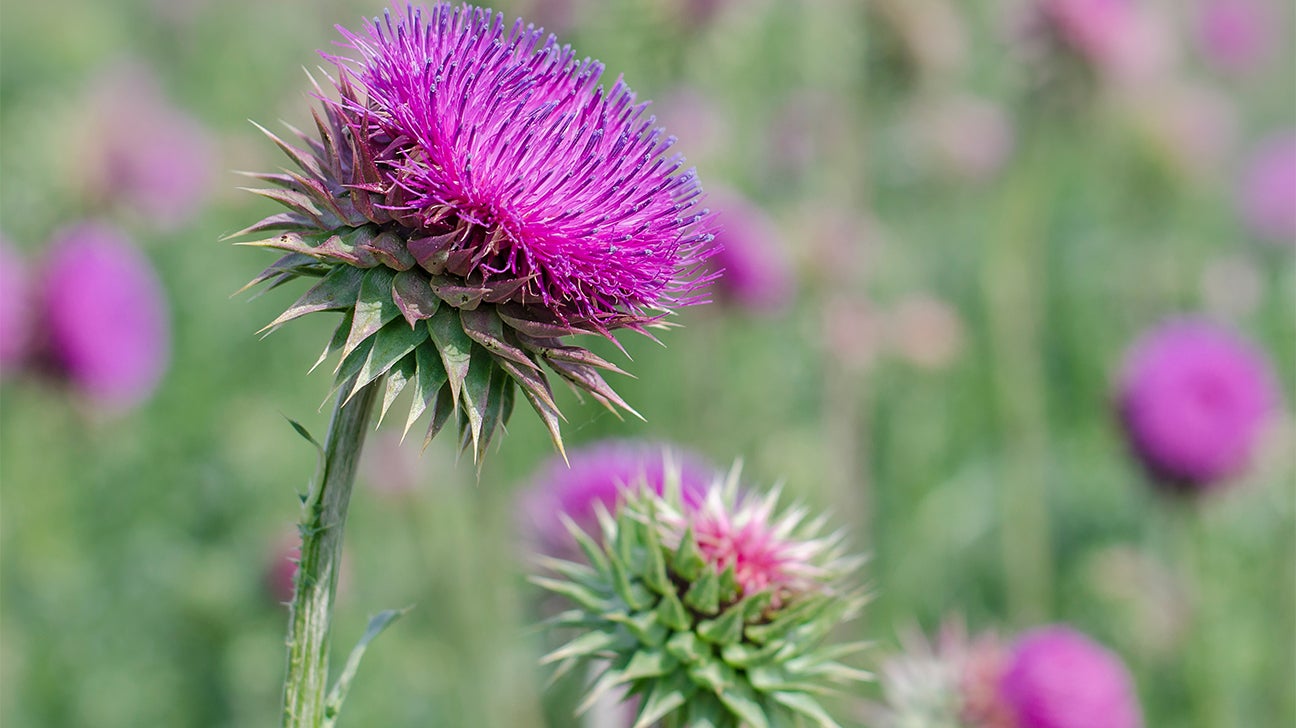
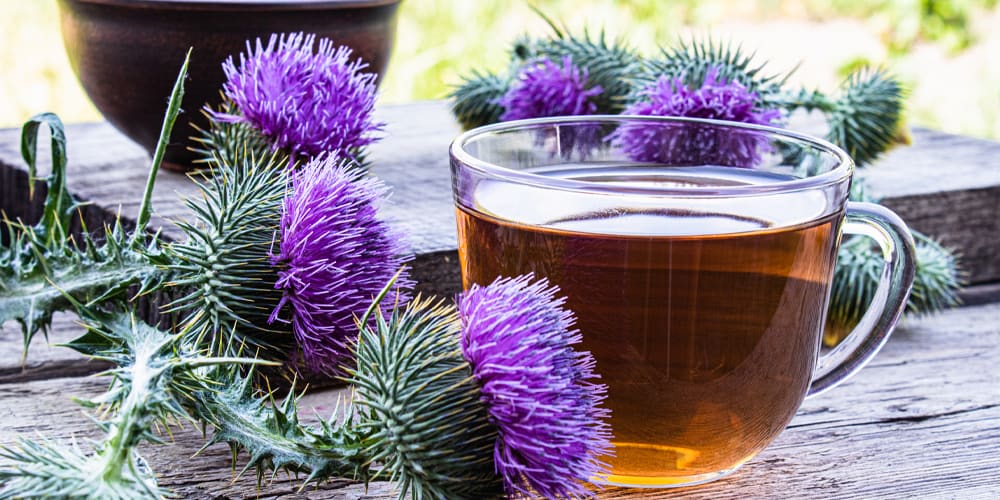
/GettyImages-596104026-584efe9e5f9b58a8cd559c4c.jpg)


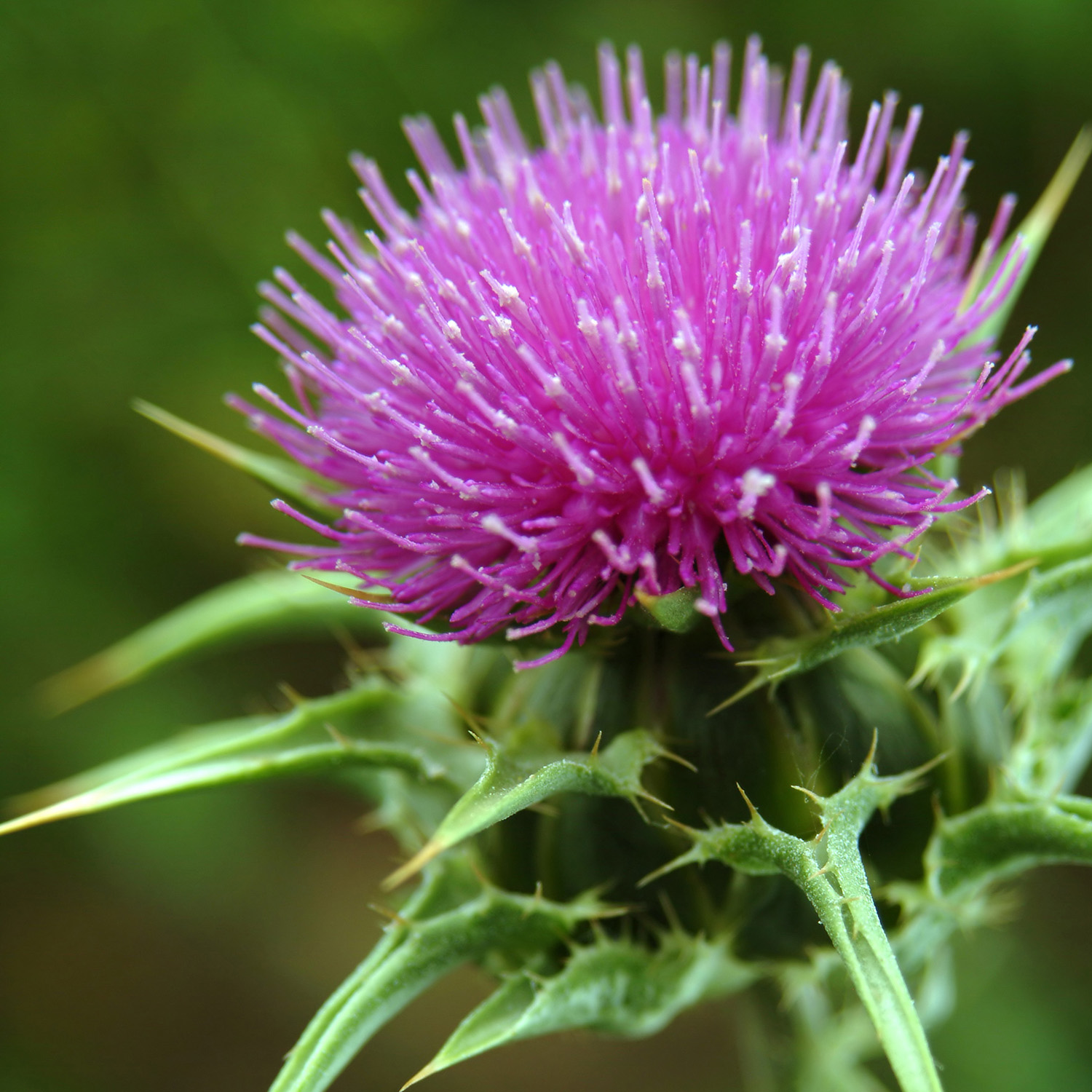


.png?rev=69f3814f012b4f3198cb9fabadc98e2b)
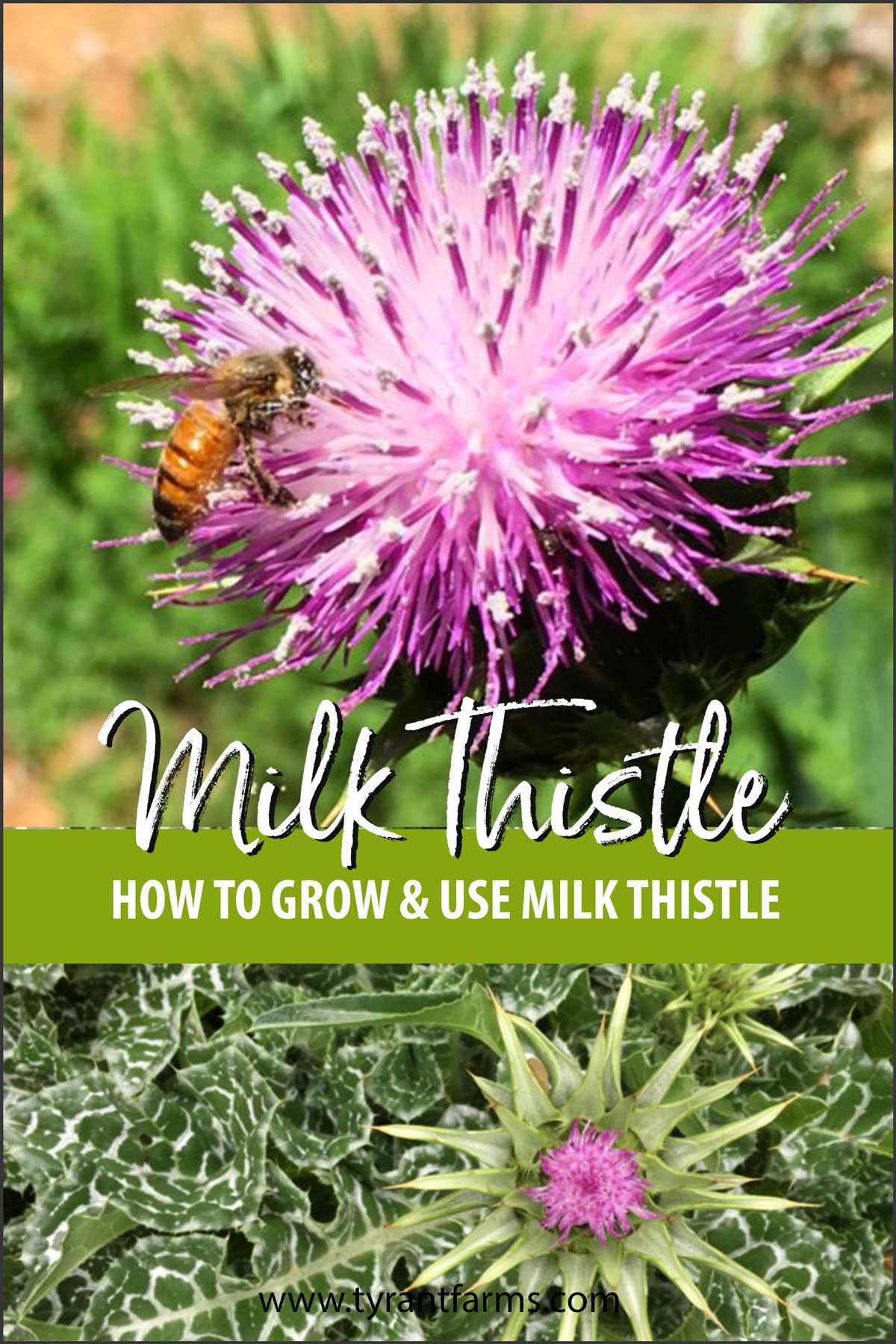
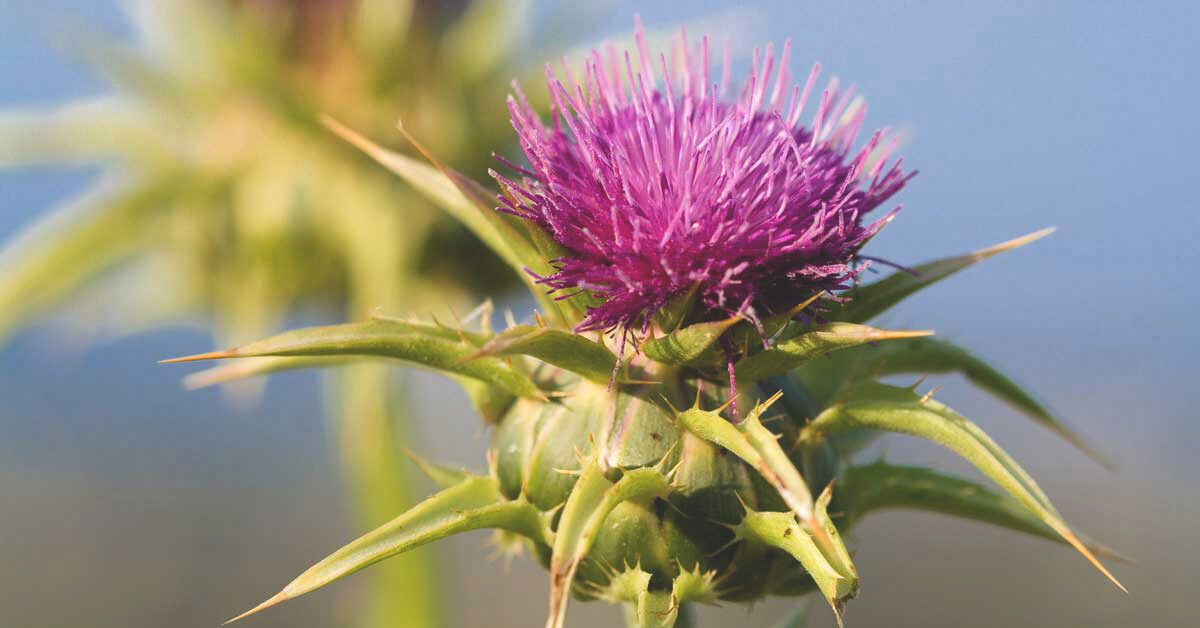
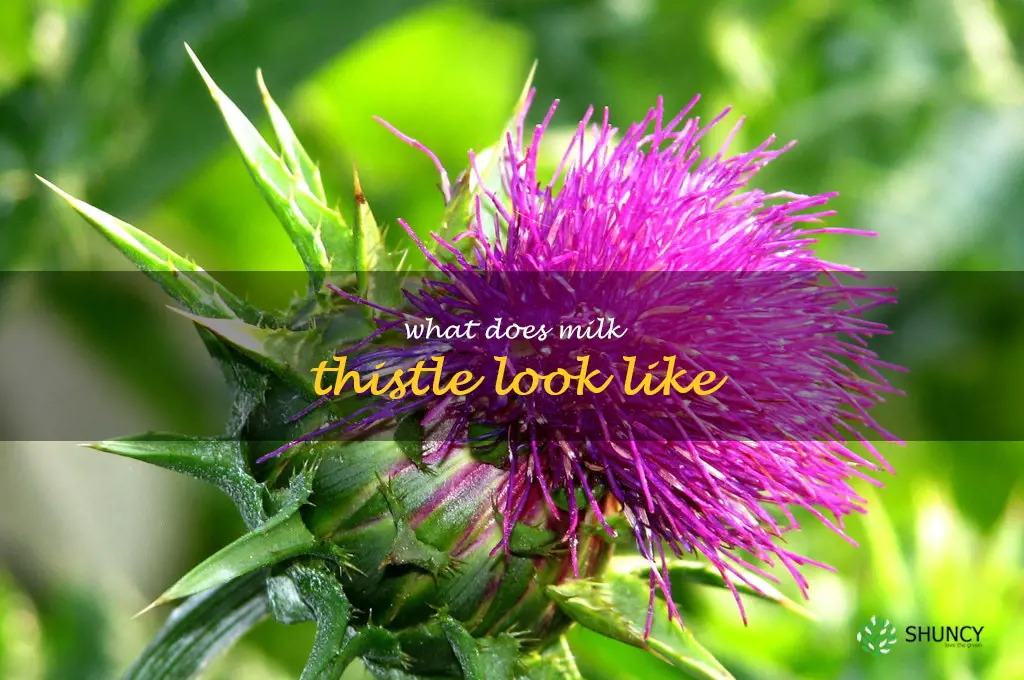
:max_bytes(150000):strip_icc()/growing-milk-thistle-5090128-01-256cc3262eda4b4d9972ac6098d7154e.jpg)


